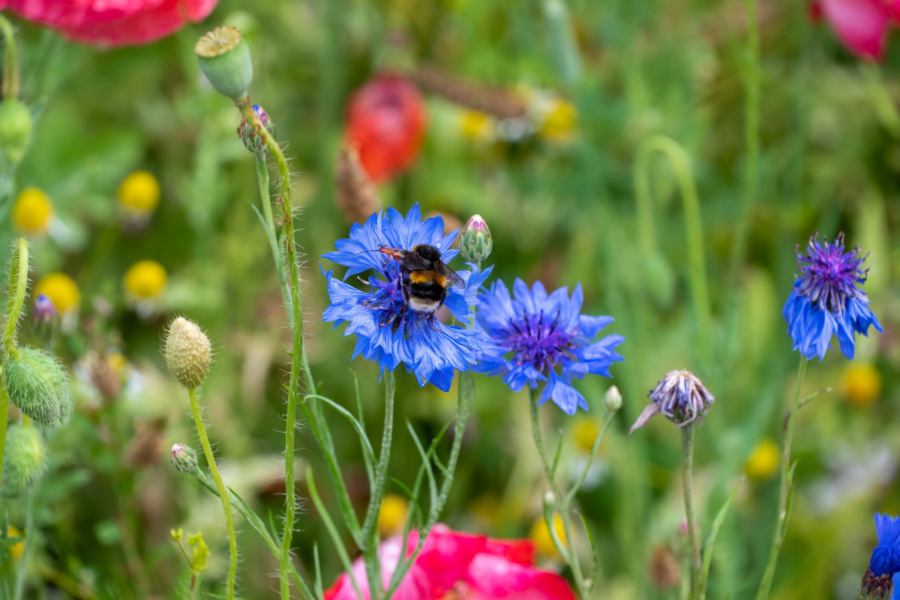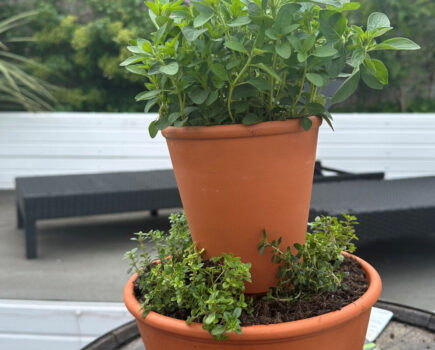Beneficial insects will create a buzz even in a small space, writes Chris Collins, Garden Organic’s Head of Horticulture
Insects don’t care how big your garden is – if you provide food and shelter, they’ll use your tiny plot as a stepping stone to other plots, creating one big pollinator corridor.
Pollinating insects such as bees, butterflies and moths play a crucial role in fertilising flowers and edible crops, and many of their offspring act as natural predators for garden ‘pests’. They also bring the garden to life with noise and colour.
I like to mix layers of plants together as they would occur naturally to provide as diverse a plant mix as possible. So a runner bean in a large container could be underplanted with cascades of Limnanthes (poached egg plant) and Lamium (deadnettle). A feathery fennel plant – allowed to flower for hoverflies – could be grouped with Phacelia, which is loved by bees.
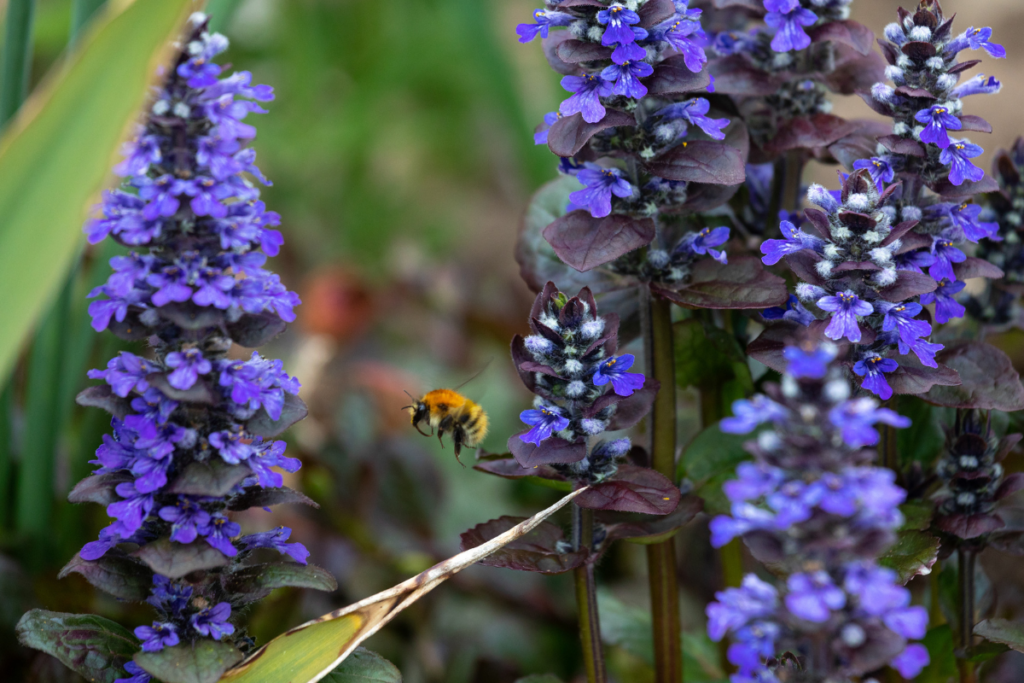
Nectar-rich plants are a must, but don’t just think of what’s great for the summer. If you plant Pulmonaria (good for shade), crocus, Salvia, Hellebores and Galanthus, for example, you’ll provide all-season nectar and pollen sources. Trees are often overlooked, but hawthorn, field maple and spindle provide valuable food for pollinators, often early in the year and are easy to grow from whips (young bare-root trees), even in a raised bed.
If you have room, consider sowing a mini meadow. Mark out a 1m (3ft) square, or large container, and broadcast sow annual wildflower seeds such as cornflower, corncockle, calendula and poppy. You can collect or harvest the seed in the autumn for re-sowing the following spring as a cheap and cheerful way to help your flying friends.
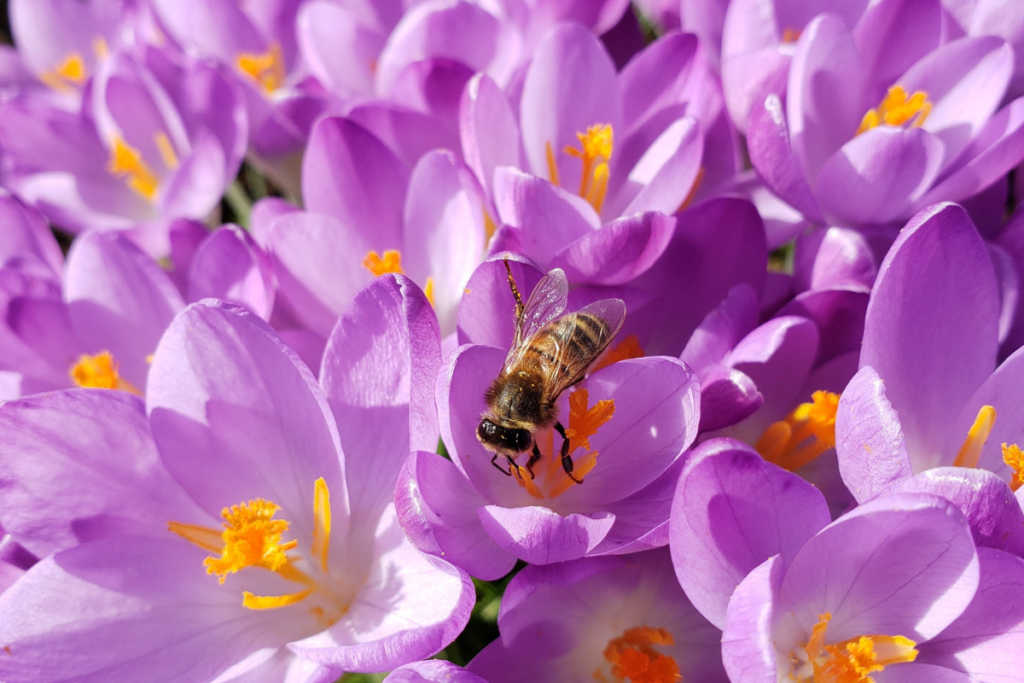
Question and Answer
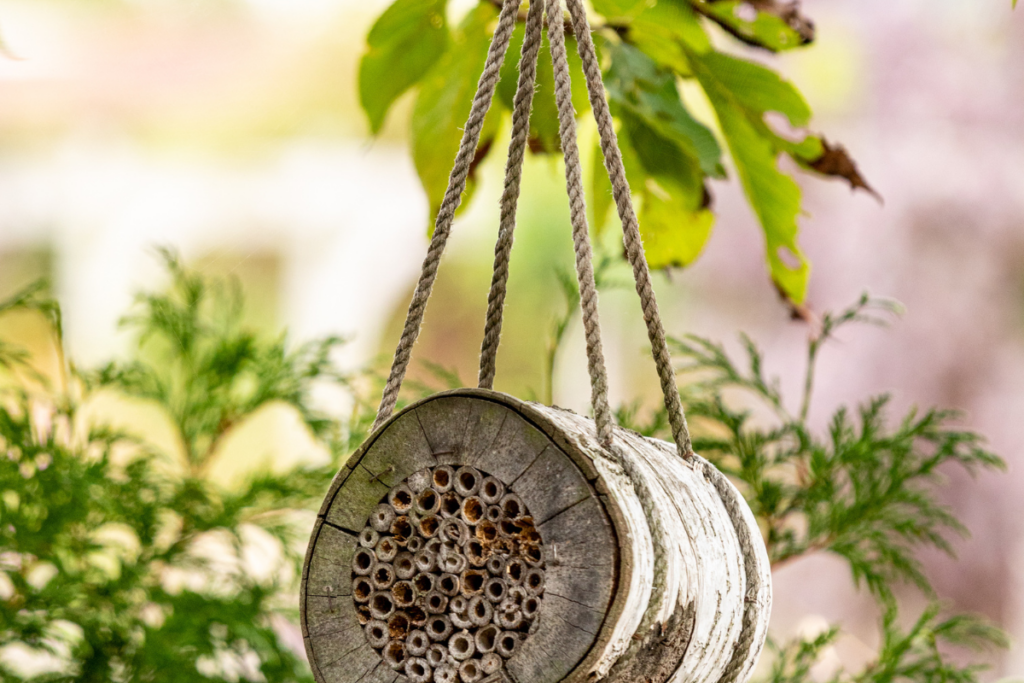
Q. How can I attract moths to my garden?
A. There’s 2,500 species in the UK and they’re very important pollinators. Attract by planting evening-scented flowers such as evening primrose and honeysuckle. You can also have fun hanging overripe (pesticide-free) fruit outside, as they’re attracted to the sugars.
Q. What kind of habitats do pollinators like?
A. You don’t have to buy expensive insect homes. Filling old hanging baskets or tins with moss, straw and old stems provides nesting sites. A pond will always attract wildlife, but a shallow dish of water or ‘bee bath’ provides a cooling drink for bees.
Q. Will toxic sprays affect pollinators?
A. Yes, pesticides affect the whole plant and therefore anything that feeds on it. Never use toxic chemicals if you want to attract beneficial insects such as bees and hoverflies. Instead, find ways to tolerate pests and create a diverse environment so natural predators do the work for you.
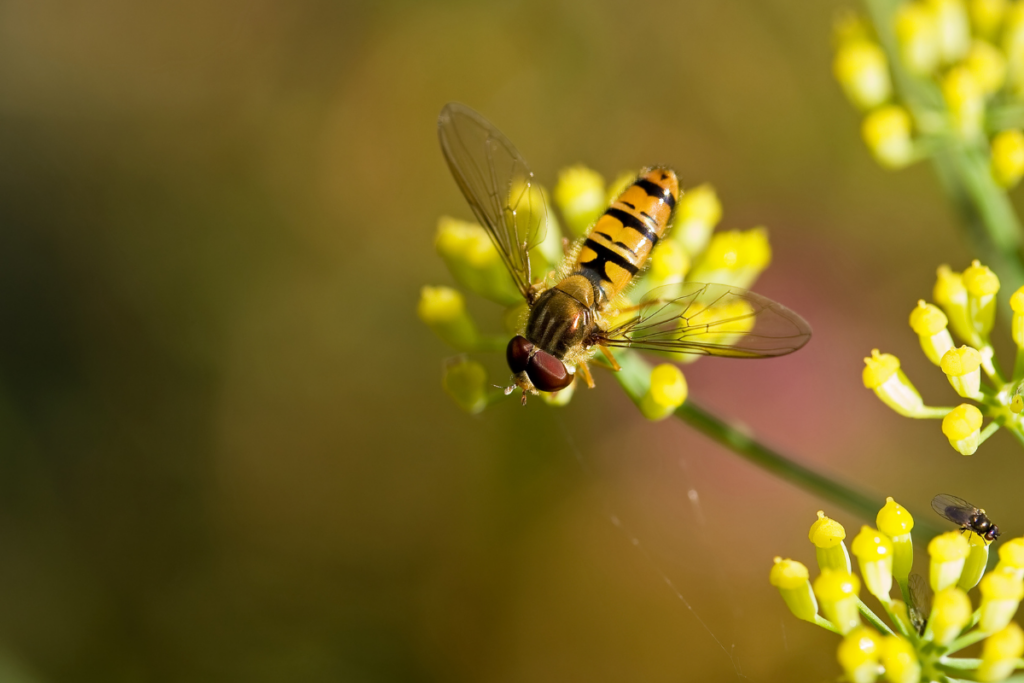
Find more tips, advice and articles like this at the Amateur Gardening website. Subscribe to Amateur Gardening magazine now.

